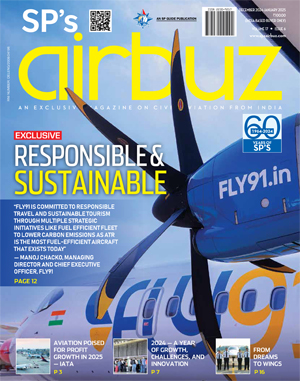Flying Chameleon

The flying wing model used in the DLR tests is based on a design developed as part of the EU NACRE project
Flight tests to simulate and study the flight characteristics of large ‘flying wing’ configurations to prepare for future aircraft designs is being done by the German Aerospace Center Deutsches Zentrum für Luft-und Raumfahrt (DLR). These have been tested and evaluated using DLR’s advanced technologies testing aircraft system (ATTAS) research aircraft.
The flying wing model used in the DLR tests is based on a design developed as part of the EU New Aircraft Concepts Research (NACRE) project. It is a wide-body aircraft designed for long-haul flights and able to accommodate up to 750 passengers. With a length of 65 metres, a height of 19 metres and a span of nearly 100 metres, the maximum take-off weight of the simulated flying wing is roughly 700 tonnes. Its four engines provide a maximum total thrust of 1,425 kilo newtons.
ATTAS is capable of simulating not only standard airplanes, but aircraft with an entirely different aerodynamic design as well. The flying wing configuration is a very promising concept for future airplanes. Flying wings are aircraft resembling fish such as rays or skate.
During the test flights, the scientists explored the flight characteristics by examining individual manoeuvres, such as deliberately varying the aircraft attitude. Using a simulated instrument landing system, the pilots tested landing approaches on a virtual runway. Each manoeuvre was followed by an evaluation of the flying wing’s handling characteristics, which showed that the flying wing aircraft is difficult to control due to its unusual shape. The introduction of an additional control system developed at DLR brought about the desired results.





